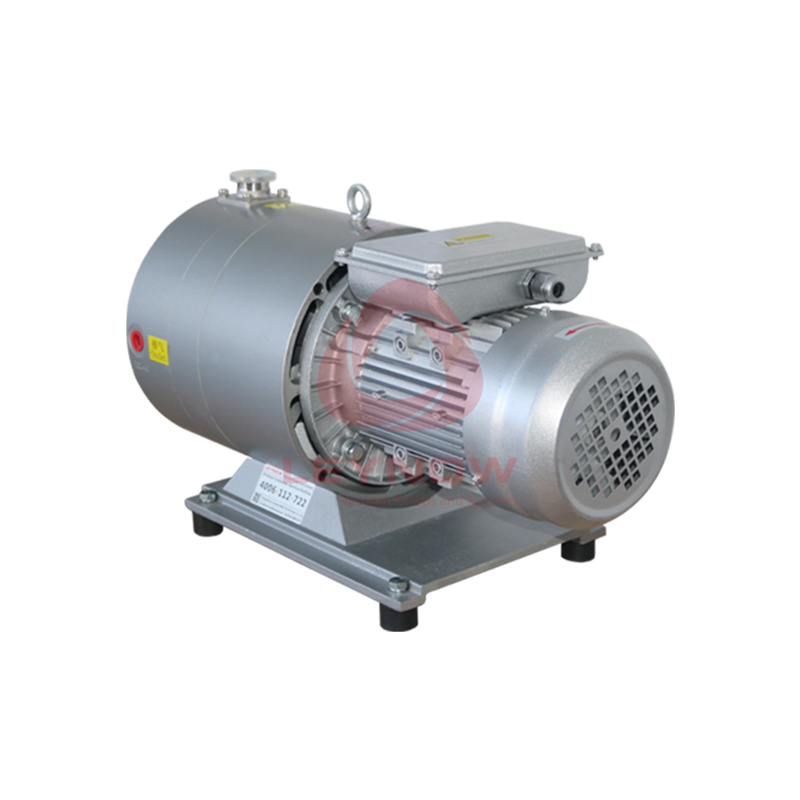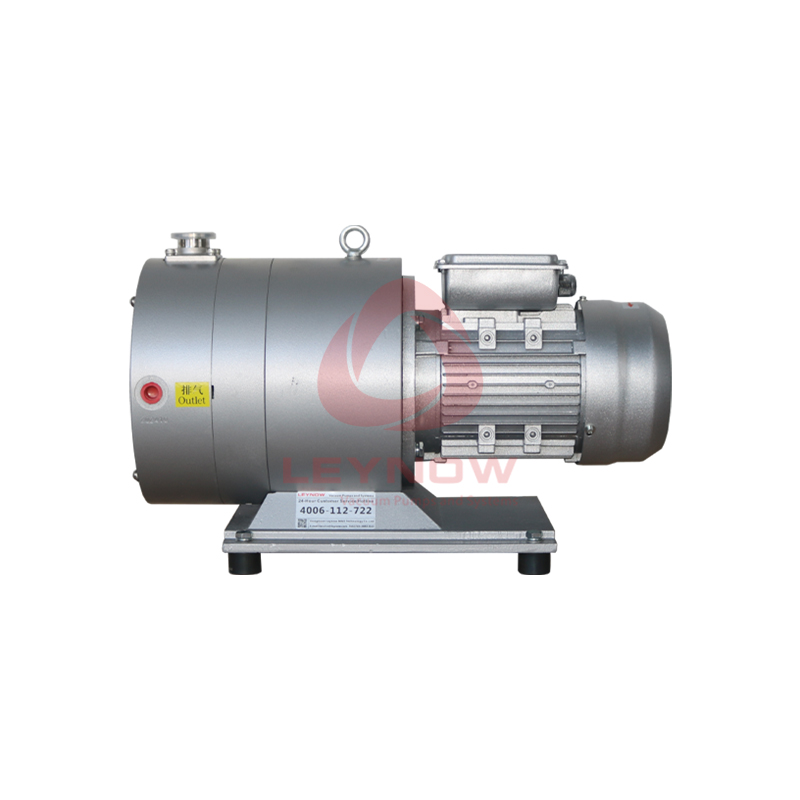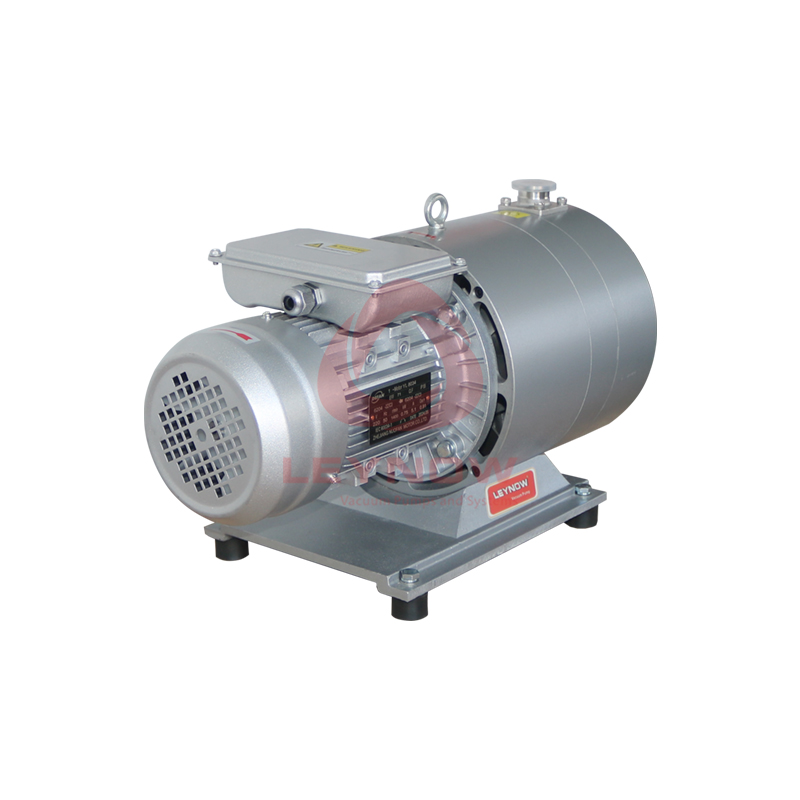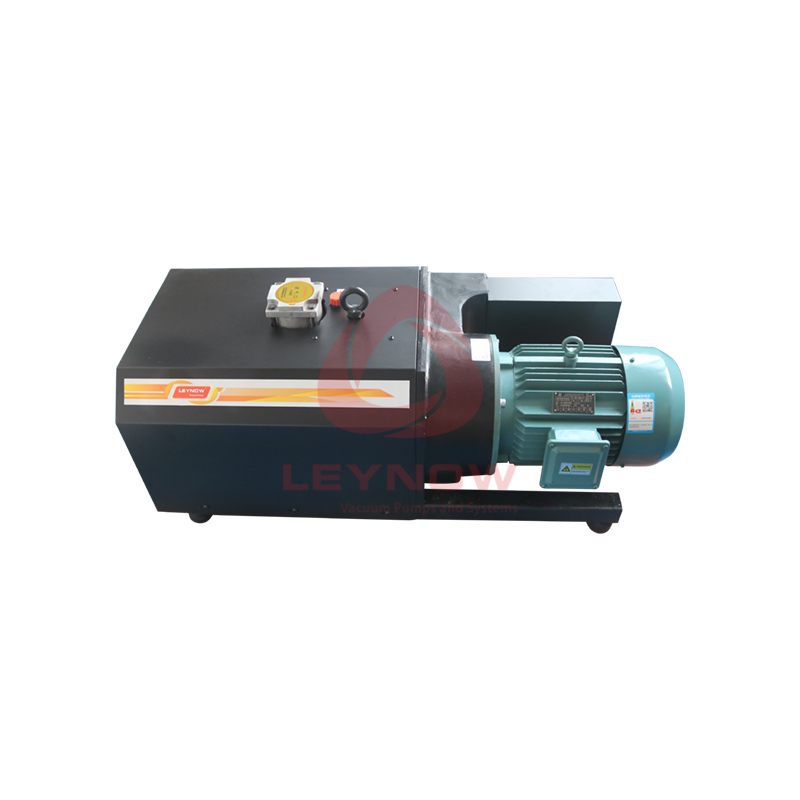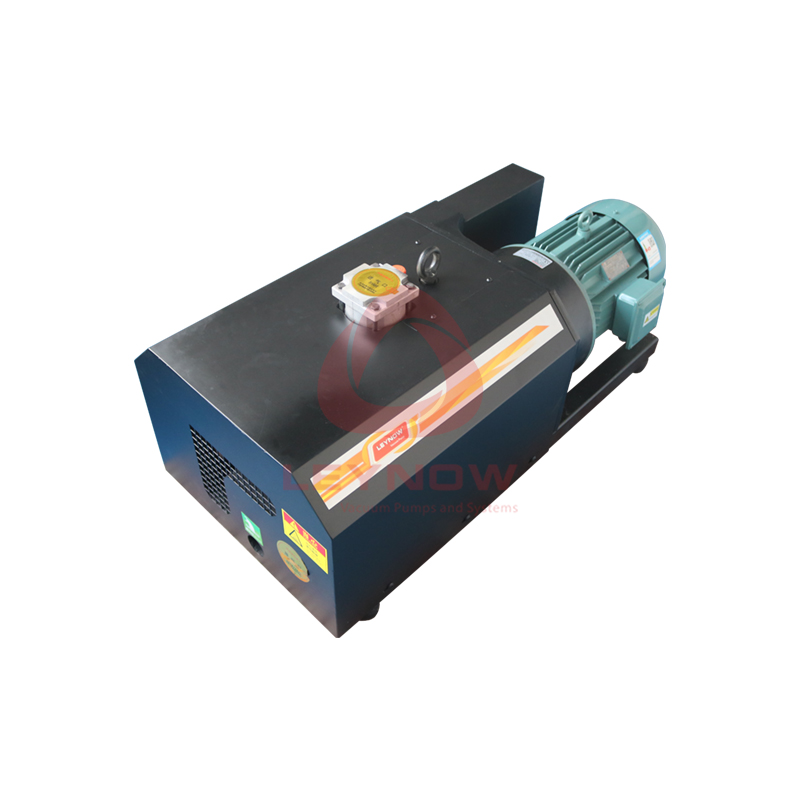Compressor application
Compressed air applications
Gardner Denver's reciprocating and rotary screw compressors, air handling systems and automatic monitoring technology successfully meet the manufacturing and energy efficiency requirements of plastics industry companies. Gardner Denver compressors not only help these companies reduce energy costs, but also provide reliable and long-lasting performance with low noise, simple installation and operation, and establish a sales and service network familiar with plastic products and energy consumption.
Gardner Denver also recognizes that it must provide a variety of reciprocating pumps and air compressors (including: lubricated, oil-free and power units) to better meet the diverse needs of the plastics industry.
Blower and vacuum applications
calibration
The extruder fills the mold with molten material, which must be cooled and calibrated by a vacuum pump. The pump is also optimized for water delivery capacity.
synthetic material
Synthetic materials consist of two or more components bonded together that are compressed by vacuum in a foil-lined bag.
cooling and drying
The material extruded from the extruder is very hot and must be cooled immediately using compressed air or water. In the latter case, use a blower to dry the plastic.
dryer
Plastic pellets may change in temperature during storage and transportation. As moisture condenses on the particle surface, capillary action absorbs the moisture, depending on the time of day, weather conditions and the type of plastic used.
To obtain a high-quality finished product, the pellets must not exceed the maximum allowable moisture content. In basic systems, drying is done by hot air dryers, while high-efficiency plants use dry air dryers. In the latter case (in contrast to a hot air dryer), the process air circulates in a closed circuit and is blown directly over the material (granules or powder) for drying purposes. A dehumidifier (molecular sieve) installed in the return air duct removes moisture from the air.
In this way, there is always a constant flow of pre-drying air to dry the trough. Air is delivered through the machine. Most of the latest dryers have two desiccant containers so that the handler does not have to interrupt the drying process to recover wet desiccant. The desiccant is also recycled through a fan.
EPS forming
First, a side-flow blower blows pre-expanded polystyrene pellets into the mold, which then pressurizes the steam. Finally, the particles are aggregated and "baked" in the molded part. To prevent deformation during this process, the components must be cooled. By applying a vacuum to these parts, it ensures that the parts retain their shape and moisture evaporates quickly. The heat required for the evaporation process is extracted from the mold and workpiece, thus speeding up cooling.
Extruder exhaust
For recycled materials, vacuum pumps remove air inclusions, moisture and adhesives from the melted plastic. The vacuum pump extracts low-molecular substances to obtain a high-quality product, i.e. smooth surface, high strength, better insulation properties and lower outgassing rate, ensuring that recycled materials are of the same quality as new materials.
Forming
Liquid ring vacuum pumps and positive displacement blowers in vacuum mode are used in the packaging production, specifically to make proper forms in plastic layers ( i.e. for plastic plates, glasses and wire glands).
plastic film
Plastic film is turned on turning bars. Turning bars are perforated pipes through which air is blown to create air cushions the plastic film can glide across without coming into contact with the surface.
plastic welding
Plastic welding requires hot air with a temperature of 200 - 300°C which is produced by heating cartridges. Afterwards, the air is accelerated by a side channel blower and discharged through the welding nozzle.
Pneumatic conveying (particles)
Plastic presses and extruders are automatically supplied with pellets with the help of fans or vacuum pumps. The difference is whether it is delivered by vacuum or by pressure. In the former method, a blower creates a partial vacuum in the material container, and the particles and air are transported together through the hose line.
Filters prevent particles from entering the side-stream blower or vacuum pump. More complex pressure conveying systems include compressor fans, material storage tanks, pressure conveying troughs with push-feed feed ports (or honeycomb gates), and containers with dust collection filters at the end of the conveying line.
Rubber degassing
Production equipment for rubber parts used in the automotive industry requires vacuum to evacuate the air from the die-casting molds to prevent air bubbles from forming and accelerating rubber build-up.

 Official Account
Official Account WeChat Business
WeChat Business
 Official Account
Official Account WeChat Business
WeChat Business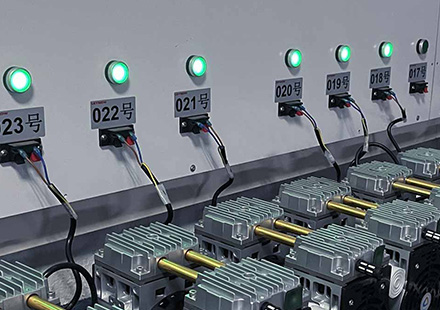
 Official Account
Official Account WeChat Business
WeChat Business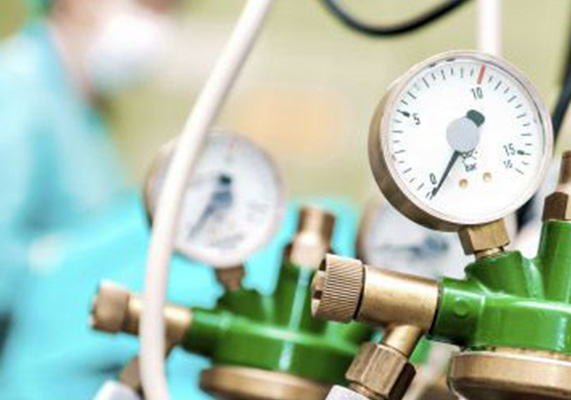
 Official Account
Official Account WeChat Business
WeChat Business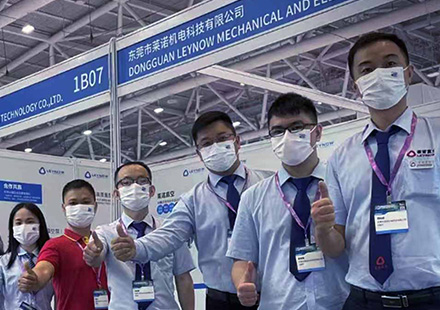
 Official Account
Official Account WeChat Business
WeChat Business CHN
CHN